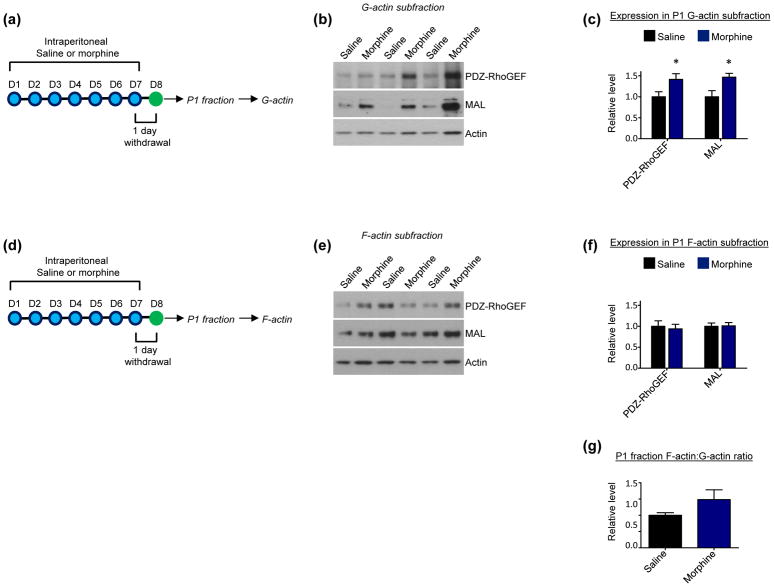Fig 2. Effect short-term (24 hour) withdrawal from repeated morphine exposure on protein enrichment in P1 G-actin and F-actin subfractions of NAc.
(a) Experimental design. Mice were intraperitoneally injected with saline or morphine 1x per day for 7 consecutive days. 24 hours following the final injection G-actin subfractions were derived from NAc P1 fractions.
(b and c) Western blots and quantification indicate that short-term morphne withdrawal increases levels of PDZ-RhoGEF (n=12 saline mice, 14 morphine mice; t=2.266, *p<0.05; 1 Grubbs’ test outlier in saline group) and MAL (n=13 saline mice, 14 morphine mice, t=2.736, *p<0.05)
(d) Experimental design. Mice were intraperitoneally injected with saline or morphine 1x per day for 7 consecutive days. 24 hours following the final injection F-actin subfractions were derived from NAc P1 fractions.
(e and f) Western blots and quantification indicate that short-term morphine withdrawal does not affect levels of PDZ-RhoGEF (t=0.3661, p>0.05) or MAL (t=0.1090, p>0.05) in NAc P1 F-actin subfractions. n=13 saline mice, 14 morphine mice.
(g) Quantification indicates that short term morphine withdrawal does not alter the ratio of total F-actin to total G-actin in the P1 fraction (t=1.504, p>0.05). n=13 saline mice, 14 morphine mice.
All summary data are the mean + SEM.

